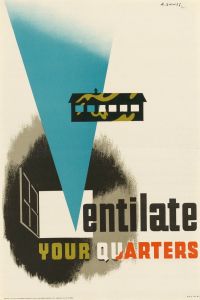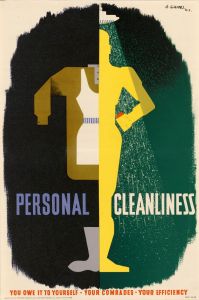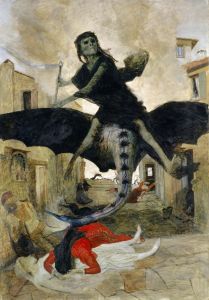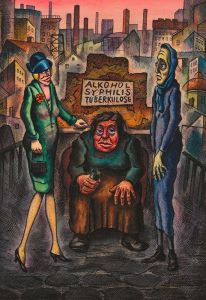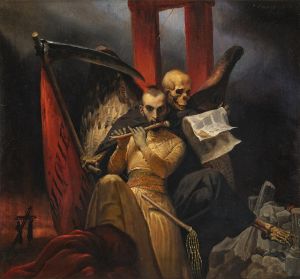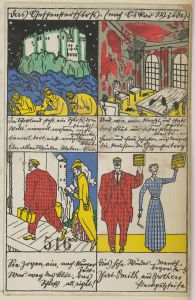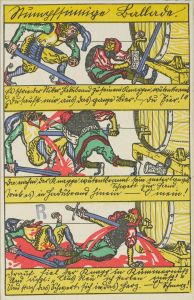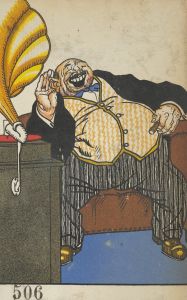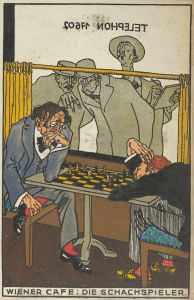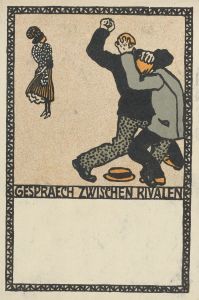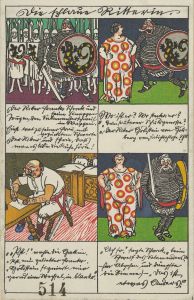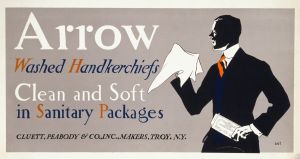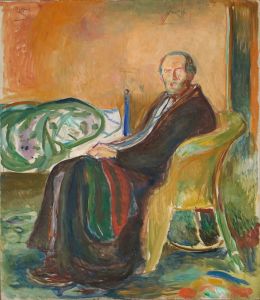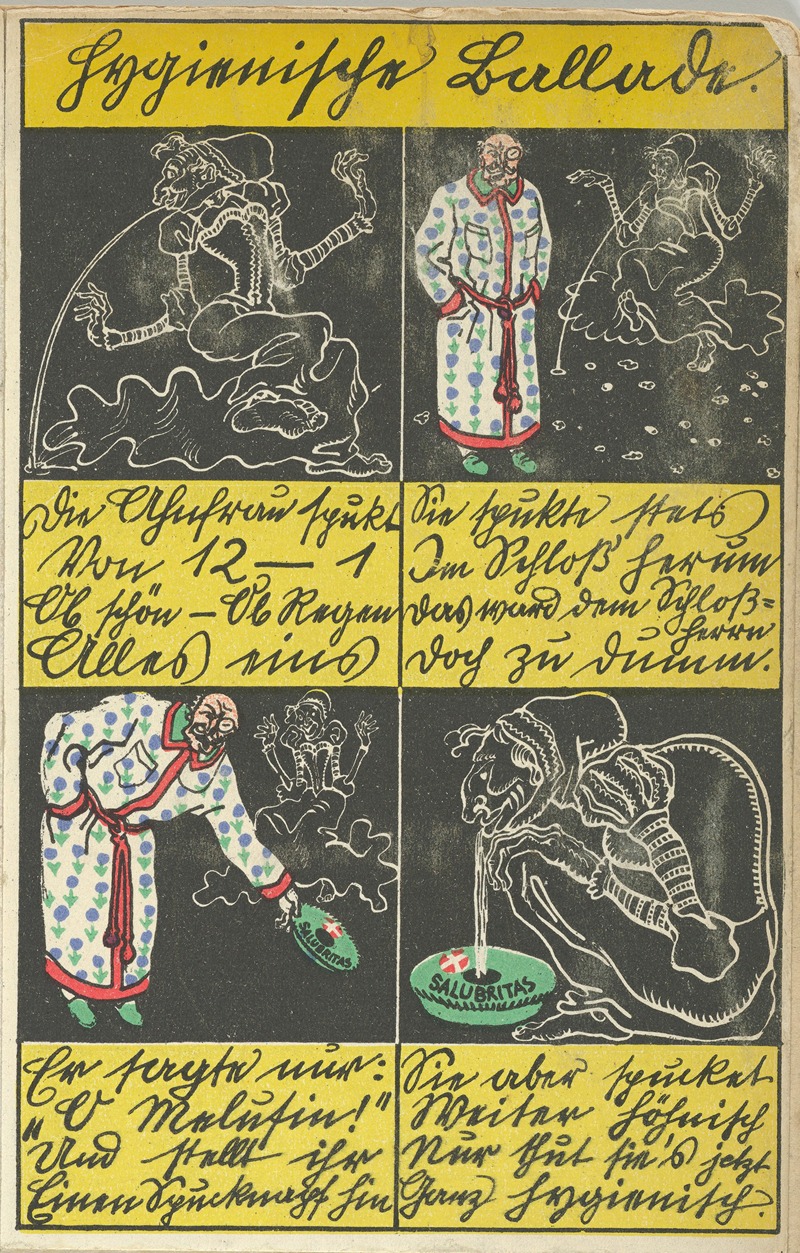
Hygienic Ballad
A hand-painted replica of Moriz Jung’s masterpiece Hygienic Ballad, meticulously crafted by professional artists to capture the true essence of the original. Each piece is created with museum-quality canvas and rare mineral pigments, carefully painted by experienced artists with delicate brushstrokes and rich, layered colors to perfectly recreate the texture of the original artwork. Unlike machine-printed reproductions, this hand-painted version brings the painting to life, infused with the artist’s emotions and skill in every stroke. Whether for personal collection or home decoration, it instantly elevates the artistic atmosphere of any space.
Moriz Jung was an Austrian artist and illustrator known for his contributions to the Wiener Werkstätte, a collective of artists and craftsmen in Vienna that was active in the early 20th century. One of his notable works is "Hygienic Ballad," a piece that reflects the unique style and thematic concerns of the period.
"Hygienic Ballad" is a lithograph created by Jung, who was born in 1885 and tragically died in 1915 during World War I. The Wiener Werkstätte, founded in 1903 by Koloman Moser and Josef Hoffmann, aimed to bring together fine and applied arts, and Jung's work often exemplified this integration. The collective was known for its emphasis on high-quality craftsmanship and design, which is evident in Jung's detailed and expressive illustrations.
The lithograph "Hygienic Ballad" is characterized by its satirical and humorous take on the themes of health and hygiene, which were significant public concerns at the time. The early 20th century saw a growing awareness of public health issues, partly due to advances in medical science and the impact of urbanization. Jung's work often incorporated social commentary, and "Hygienic Ballad" is no exception. The piece uses a narrative style, typical of ballads, to convey its message, blending visual art with storytelling.
Jung's artistic style in "Hygienic Ballad" is marked by clean lines, bold contrasts, and a keen attention to detail, all hallmarks of the Wiener Werkstätte's aesthetic. His illustrations often featured whimsical and exaggerated characters, which added a layer of humor and accessibility to his social critiques. This approach made his work popular among a broad audience, allowing him to communicate complex ideas in an engaging and approachable manner.
The Wiener Werkstätte itself was part of the larger Vienna Secession movement, which sought to break away from traditional artistic conventions and promote modernist ideals. This context is important for understanding Jung's work, as the movement emphasized innovation, artistic freedom, and the integration of art into everyday life. "Hygienic Ballad" can be seen as a product of these ideals, combining artistic creativity with a practical message about health and hygiene.
Unfortunately, Moriz Jung's career was cut short by his untimely death in World War I. Despite his brief career, his contributions to the Wiener Werkstätte and his distinctive artistic voice left a lasting impact on the world of graphic design and illustration. "Hygienic Ballad" remains a testament to his talent and his ability to blend art with social commentary.
In summary, "Hygienic Ballad" by Moriz Jung is a lithograph that exemplifies the artist's unique style and the thematic concerns of the early 20th century. Created within the context of the Wiener Werkstätte and the Vienna Secession movement, the piece uses humor and narrative to address issues of public health, reflecting both the artistic and social currents of its time.





